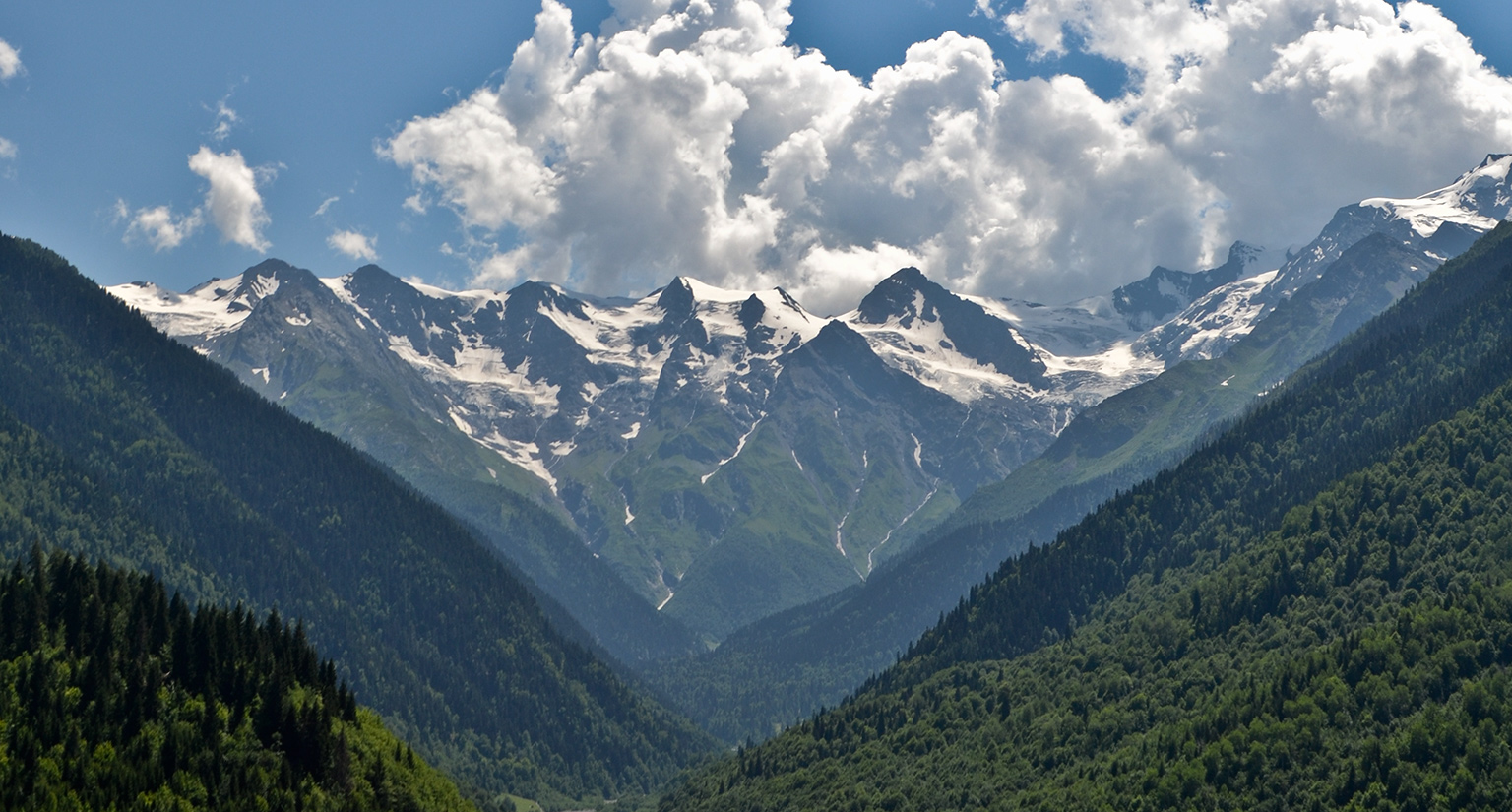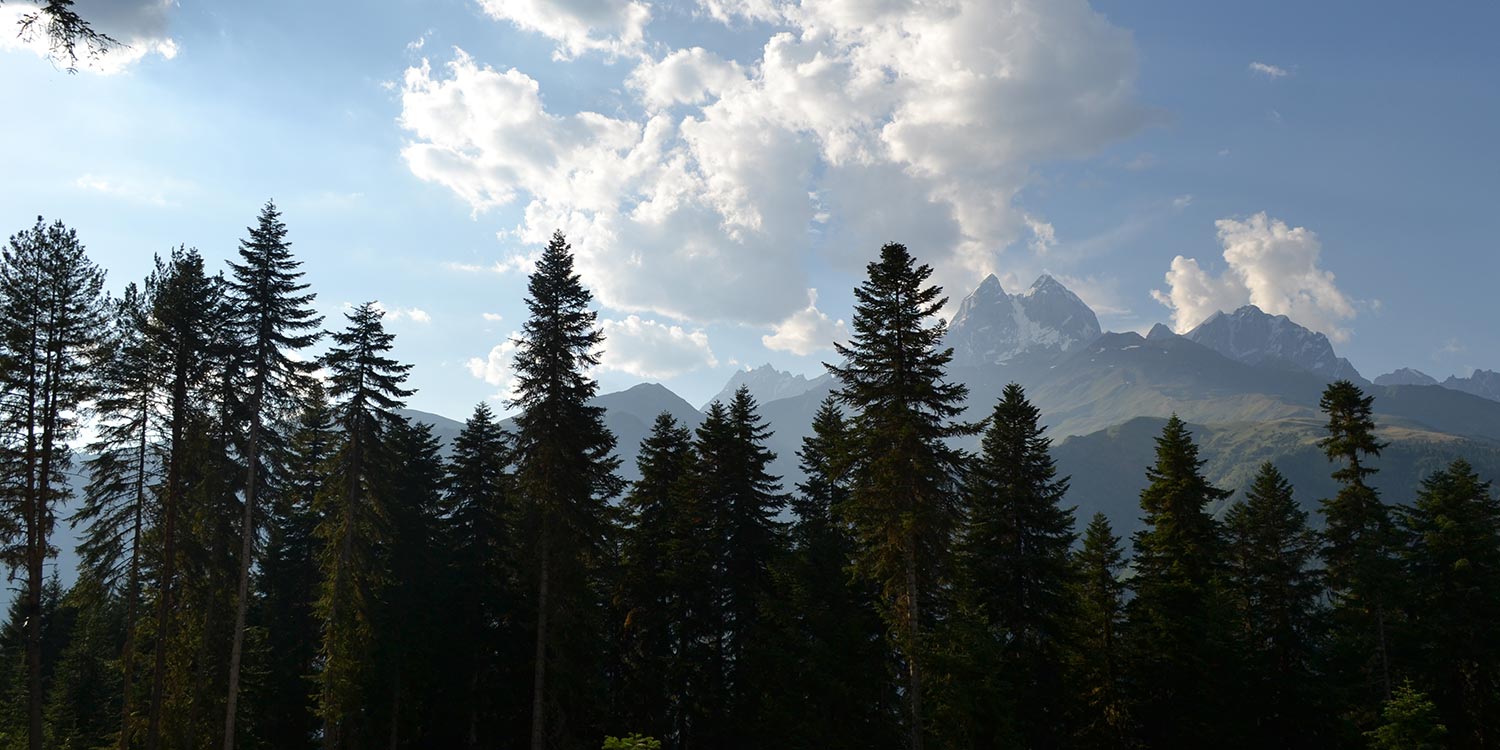A clash is raging between nature and finance. On the one hand, the EU is striving to improve the deteriorating state of nature across Europe, with initiatives like the Biodiversity Strategy 2030 and the European Green Deal. On the other, massive amounts of public money continue to flow to infrastructure projects with devastating impacts on the natural world. Our work where finance meets the natural world advocates for adequate protection and restoration projects to ensure a green future for all.
IN FOCUS
Rivers and communities
The countries of the Energy Community Treaty have diverse energy mixes, but hydropower has traditionally played a strong role in many of them. Albania is almost completely reliant on dams for its domestic electricity generation, followed by Georgia with an average of 80 per cent of electricity generated by hydropower and Montenegro with an average of 55 per cent.
EU funds and biodiversity
In May 2020, EU leaders committed to an ambitious Biodiversity Strategy for 2030, outlining the clear need to act on biodiversity loss and address the failing health of nature.
The historic amount of EU funds now available represents a golden opportunity to increase biodiversity spending and fully realise the objectives of the biodiversity strategy.
As well as addressing the biodiversity crisis, strategically supporting nature through EU funds is also one of the most effective ways to tackle climate change, while providing jobs and improved health at the same time.
Yet, with many of the previous strategy’s objectives left unachieved, the pressure now mounts for this decade. Never before has there been so much potential – and urgency – to use EU funds and investments to address the biodiversity crisis.
Related projects
Khudoni hydropower plant, Georgia
While a mountain community will have to be forced to resettle for this mega-project, the opaque ownership and weak taxation mean that benefits for Georgia are highly doubtful.
Hydropower development in Georgia
Georgia plans to build a huge number of dams. Yet with 85 percent of electricity needs satisfied and exports not being taxed, these plans will rather benefit private investors than offering sustainable development for Georgia.
Latest news
Bern Convention: Skavica dam in Albania contradicts the Balkan Lynx Recovery Programme
Blog entry | 24 April, 2024The Bureau of the Convention recently accepted a new complaint and urged the Albanian authorities to not develop projects which may negatively affect habitats and species.
Read moreBeyond profit: Launch of report on EU’s green finance challenges
Press release | 12 March, 2024Ahead of the upcoming EU elections, uncertainty surrounds the financing of the EU’s climate agenda and the future of flagship initiatives such as the European Green Deal and the NextGenerationEU fund. Despite ambitious intentions, progress on environmental sustainability and economic recovery is failing to improve people’s well-being, according to a new report by the Citizens’ Observatory on Green Deal Financing.
Read moreEnvironmental groups urge European Commission to speed up nature safeguards in the Western Balkans, Ukraine, Georgia and Moldova
Press release | 23 February, 2024The EU must accelerate plans to strengthen nature protection rules for energy infrastructure development under the Energy Community Treaty (1), 36 civil society organisations today urged the EU Commissioner for Environment, Virginijus Sinkevičius, in a joint letter.
Read moreRelated publications
The Corridor Vc motorway in Bosnia and Herzegovina: A decisive test for EU standards
Report | 5 April, 2024 | Download PDFBased on a March 2024 site visit, this report examines two planned sections of the motorway– from Mostar South to the Kvanj Tunnel and from Konjic to Mostar, through the iconic Prenj mountain. It presents updated findings and underlines that it is crucial for the European Commission, EIB and EBRD to ensure that the route south of Mostar and via Prenj is re-examined and publicly consulted if they want to avoid many more years of delay.
Led by nature: Projects to protect and restore biodiversity in Europe
Report | 22 March, 2024 | Download PDFThese case studies from several European Member States demonstrate some of the many ways EU funds can and should be used to support nature restoration and conservation projects, which are instrumental to addressing the biodiversity crisis across sectors while also building a greener, fairer future.
Beyond profit: How to reshape the European Green Deal for people’s well-being
Report | 12 March, 2024 | Download PDFThis searing report by the Citizens’ Observatory on Green Deal Financing analyses key EU funding mechanisms and exposes significant shortcomings in strategic priorities and implementation.


